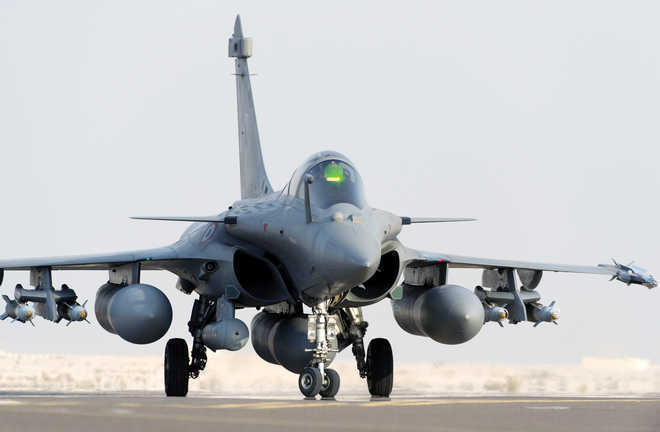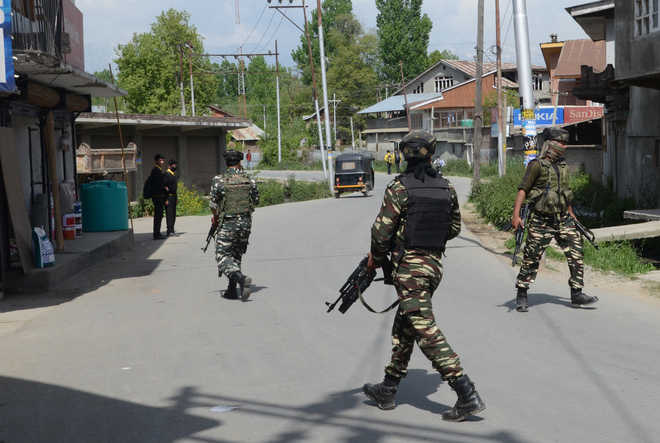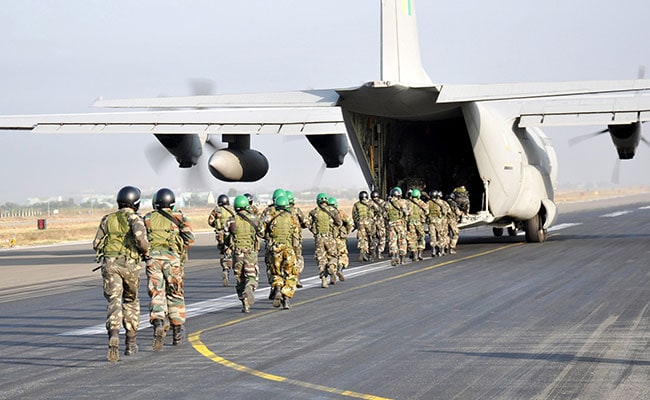BUTCHER OF AMRITSAR Was he the wrong man at the wrong place, a soldier following orders, or devil incarnate? We can only speculate, but in 10 minutes BrigGen Dyer put India firmly on the path of freedom
From page 01 AMRITSAR : It’s widely believed that there would have been no Jallianwala Bagh massacre had it not been for one man, who decided to teach Indians a lesson for being “wicked”. Ninety-one years after his death, Col Reginald Edward Harry Dyer, also called the butcher of Amritsar, remains an enigma, painted in either black or white.

DEATH BY DYER
On April 13, 1919, Dyer, 55, was like a man possessed. Giving a first-hand account of the day in “Amritsar: The massacre that ended the Raj” by Alfred Draper, Dyer’s bodyguard Sergeant William Anderson recounted how the crowd seemed to “sink to the ground in a flurry of white garments” as the first volley was fired. The kneeling soldiers selected their targets and made each round tell. When the soldiers had emptied their carbines, Dyer ordered them to reload and direct their fire where the crowd was the densest.
Anderson says he noticed Dyer’s brigade-major Captain Briggs crunching his face as if in pain and clutching at Dyer’s sleeve, but the latter did not notice, and instead directed fire towards the peepul trees where a large number of people were concentrated.
Later, when deposing in front of the eight-member Hunter Commission, he told Chimanlal Setalvad, vice-chancellor of Bombay University: “I did not like the idea of doing it… it was a merciful though horrible act… I thought I would be doing a jolly lot of good and they would realise that they were not to be wicked.”
Later, after his resignation, Dyer told a reporter: “And now, I am told to go for doing my duty — my horrible, dirty duty.” THE BOY WHO STAMMERED
The youngest of six children, Reginald Dyer, fondly called Rex, was born at Murree (now in Rawalpindi district) in undivided Punjab in 1864. His father Edward Dyer, a master brewer who started his first venture at Kasauli in the 1840s, shifted to Shimla soon after Rex turned two so that he could set up another brewery at Solan.
Ian Duncan Colvin, his biographer, says he grew up at Ladyhill House near Bishop Cotton School where he and his elder brother Walter studied until he was 11. Rex, who stammered, was often the butt of ridicule at school. He hated it. Years later, he told the Hunter Commission that had he dispersed the crowds by firing in the air, they would have returned to laugh at him.
Described as sensitive and hot-tempered, Rex ran into more trouble when he and Walter were sent to Middleton College in Ireland, where children mocked him as a “wild Indian”. Eager to return home, every night, he would read Hindustani classics to ensure he didn’t forget the language.
After officer training at Sandhurst—Winston Churchill was some years his junior—Dyer spent two
years in Ireland before joining the 39th Bengal infantry in 1887, where he married Anne Ommaney, daughter of his commanding officer, despite opposition from his mother Mary.
His stints in Burma and Persia, where the natives were brutally suppressed by the British, convinced Dyer that the best way to deal with revolutionaries was “to strike swiftly and to strike hard to forestall greater trouble”.
Mandeep Bajwa, a historian whose grandfather served with Dyer in Peshawar, said he was known for being friendly with his men.
A HERO BACK HOME
Though reviled by the Hunt Commission, Viceroy Chelmsford and the House of Commons, Dyer received a hero’s welcome from the House of Lords and many well-known Britons, including author Rudyard Kipling, in 1920. The Morning Post even started a fundraising drive, which was supported by many British Indian newspapers, including Calcutta Statesman, Rangoon Times and Press, and Madras Mail. Together they raised a princely £28,000.
Amid worsening health, Dyer penned “Raiders of the Sarhad”, an account of his campaign in Persia. Soon he was diagnosed with “arteriosclerosis”. After suffering a series of strokes that prompted the couple to retreat to a quiet cottage in Southampton, Dyer died of cerebral haemorrhage in 1927. On his deathbed, he reportedly said: “So many people who knew the condition of Amritsar say I did right… but so many others say I did wrong. I only want to die and know from my Maker whether I did right or wrong.”
Nigel Collett, the author of “The Butcher of Amritsar: General Reginald Dyer”, says: “What persuaded me that Dyer wasn’t a bloodthirsty bully was the fact that he went to his grave worrying about whether he was right or wrong.”
WHEN AKAL TAKHT HONOURED DYER
The then government-appointed Akal Takht jathedar Giani Arur Singh presented Dyer with a siropa (robe of honour) soon after the Jallianwala Bagh massacre. Ian Colvin, Dyer’s biographer, said when the officer returned to Amritsar, he and his Brigade-Major, Captain Briggs, were summoned to the Golden Temple. Colvin claims, the priests told him: “Sahib you must become a Sikh even as Nikalseyn Sahib (General Nicholson of the mutiny fame) became a Sikh.” When Dyer politely refused, they presented him with a siropa. This act triggered the gurdwara reform movement.
















 REUTERS
REUTERS


 PHOTOS: KESHAV SINGH/HT
PHOTOS: KESHAV SINGH/HT

































































